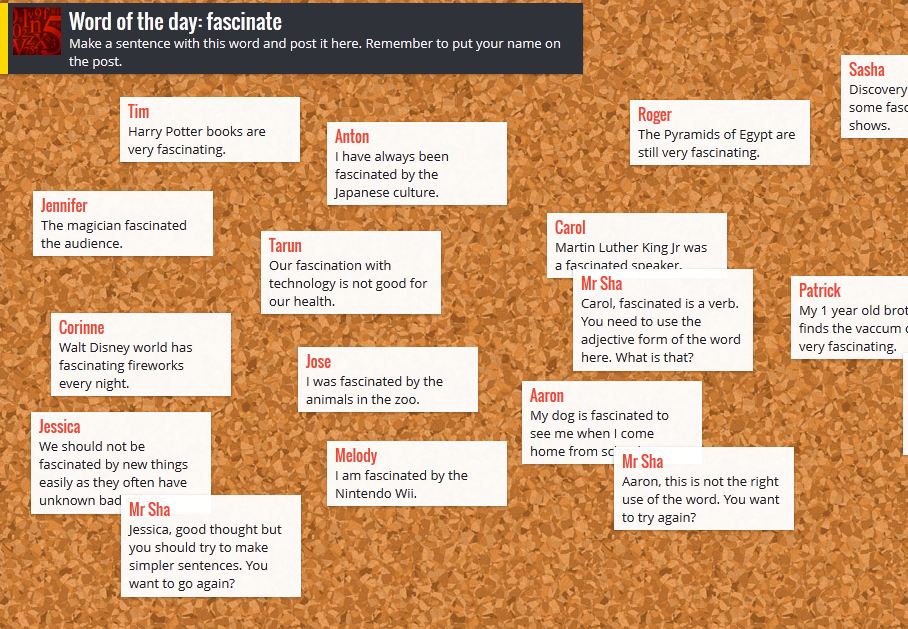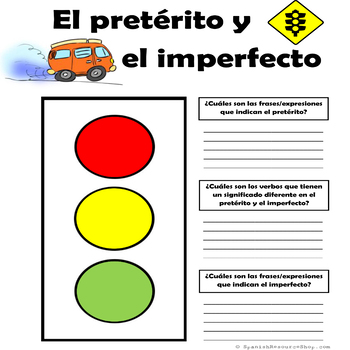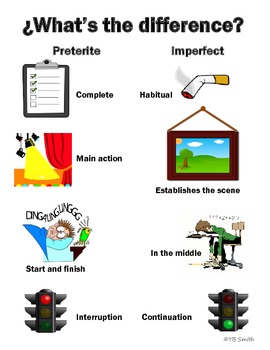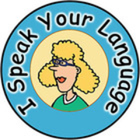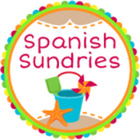Teaching History:
I've been teaching in Maryland for the past seven years. I've taught World Language at the high school level in Howard County. Because I can teach German, Latin and French, I've had a lot of different schedules throughout the years - everything from the lower levels to AP.
Favorite Thing about Teaching German:
Aside from my own personal love for grammar, I like sharing the culture with students - seeing something spark their interest that then ignites for a love of the language.
Favorite Lesson:
I'm partial to anything where I get to talk about history. Whether it's breaking out the Nibelungenlied (modified for students, of course) or talking about the Roman emperors, it's something I get excited about. In general I think anything you get excited about will get your kids excited too.
One Tip to German Teachers:Save everything! Even if your lesson didn't go so well, save it for next year. Maybe leave a post-it note on it about what worked (or didn't work), how long it took, anything. Next year you'll be glad. With enough time to think about it, I've been able to turn some rather dull lessons or just complete flops into something great.
Free Product:
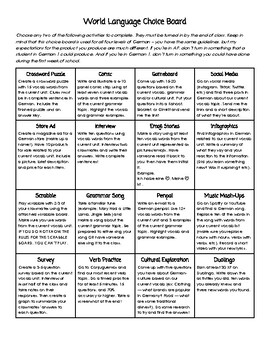 Sub Plans Choice Board
Sub Plans Choice BoardThis is a Choice Board that I use as my Emergency Sub Plans. It requires little prep on the teacher's part - just make a bunch of copies of the choice board and activities. It's generic enough that you can use it with pretty much any unit you're covering and for any language (which is why it works so well as emergency plans!).
Featured Product:
UNO Cards Template
This UNO Template lets teachers create UNO cards for students to practice a variety of topics. The easiest and
most obvious use for language teachers would be verb conjugation - put a subject in the corner of each card and an infinitive in the center. As students lay down their cards, they need to conjugate the verb for whatever subject is on the card. Great because one set works for all tenses, making it easy to re-use the same cards year-to-year and level-to-level.





